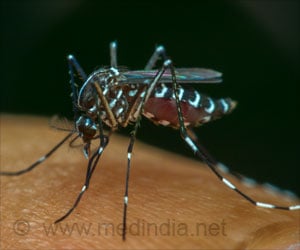Exciting insight into the molecular mechanisms associated with addiction and relapse have been provided in a new research.
Exciting insight into the molecular mechanisms associated with addiction and relapse have been provided in a new research.
The study, published by Cell Press in the March 11 issue of the journal Neuron, uncovers a crucial mechanism that facilitates motivation for alcohol after extended abstinence and opens new avenues for potential therapeutic intervention.Previous work has suggested that people, places, and objects associated with alcohol use are potent triggers for eliciting relapse and that cravings for both alcohol and drugs can increase across protracted abstinence. However, the specific molecular mechanisms that underlie pathological alcohol seeking are not well defined.
"Animal paradigms can model crucial aspects of human addiction, and these paradigms will help elucidate the molecular and cellular mechanisms that drive drug-seeking behaviors and, as a consequence, facilitate the development of novel therapeutic interventions for addiction," explains lead study author Dr. F. Woodward Hopf from the Ernest Gallo Clinic and Research Center at the University of California, San Francisco.
Dr. Hopf and colleagues were particularly interested in studying how alcohol addiction impacted a part of the brain called the nucleus accumbens (NAcb) core that is known to be important for allowing stimuli to drive motivated, goal-directed behaviors. The researchers examined the brains of rats that had experienced nearly 2 months of alcohol or sugar self-administration followed by a 3 week abstinence period.
The rats who had consumed alcohol, but not those who had consumed sugar, exhibited an increased electrical activity in the NAcb core after abstinence. The increased activity was due to an inhibition of small-conductance calcium-activated potassium channels (SK).
Importantly, pharmacological activation of SK channels produced greater inhibition of NAcb activity in the alcohol- versus sucrose-abstinent rats and significantly reduced alcohol but not sucrose seeking after abstinence. The authors concluded that decreased SK currents and increased excitability in the NAcb core represents a critical mechanism that facilitates motivation to seek alcohol after abstinence.
Advertisement
Advertisement
RAS















